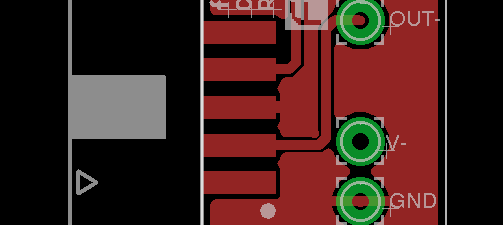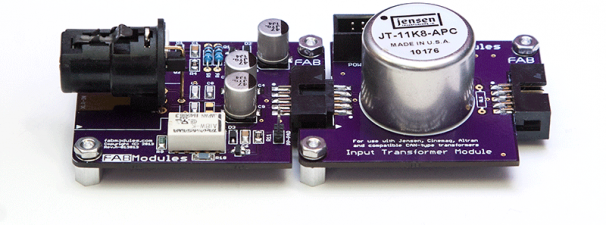The DOA-17 is our modern remake of a vintage discrete op amp design, using modern low-noise components and improved layout. It uses the standard discrete opamp 2520/990 footprint… a roughly 1”x1” device with (6) pins, a format commonly found and used in pro-audio gear.
Running at +/-18Volts supply voltage, the DOA-12 is capable of reaching +23dBu output (loaded with a 600:600 output transformer). If one uses the DOA-17 to drive an output transformer wired for 1:2, it is possible to create high-performance preamplifiers capable of reaching +29dBu output!
Each DOA-17 is designed and tested to be stable, and oscillation-free even at maximum output levels and gain settings due to careful selection of components, efficient PCB layout, design, and construction.






